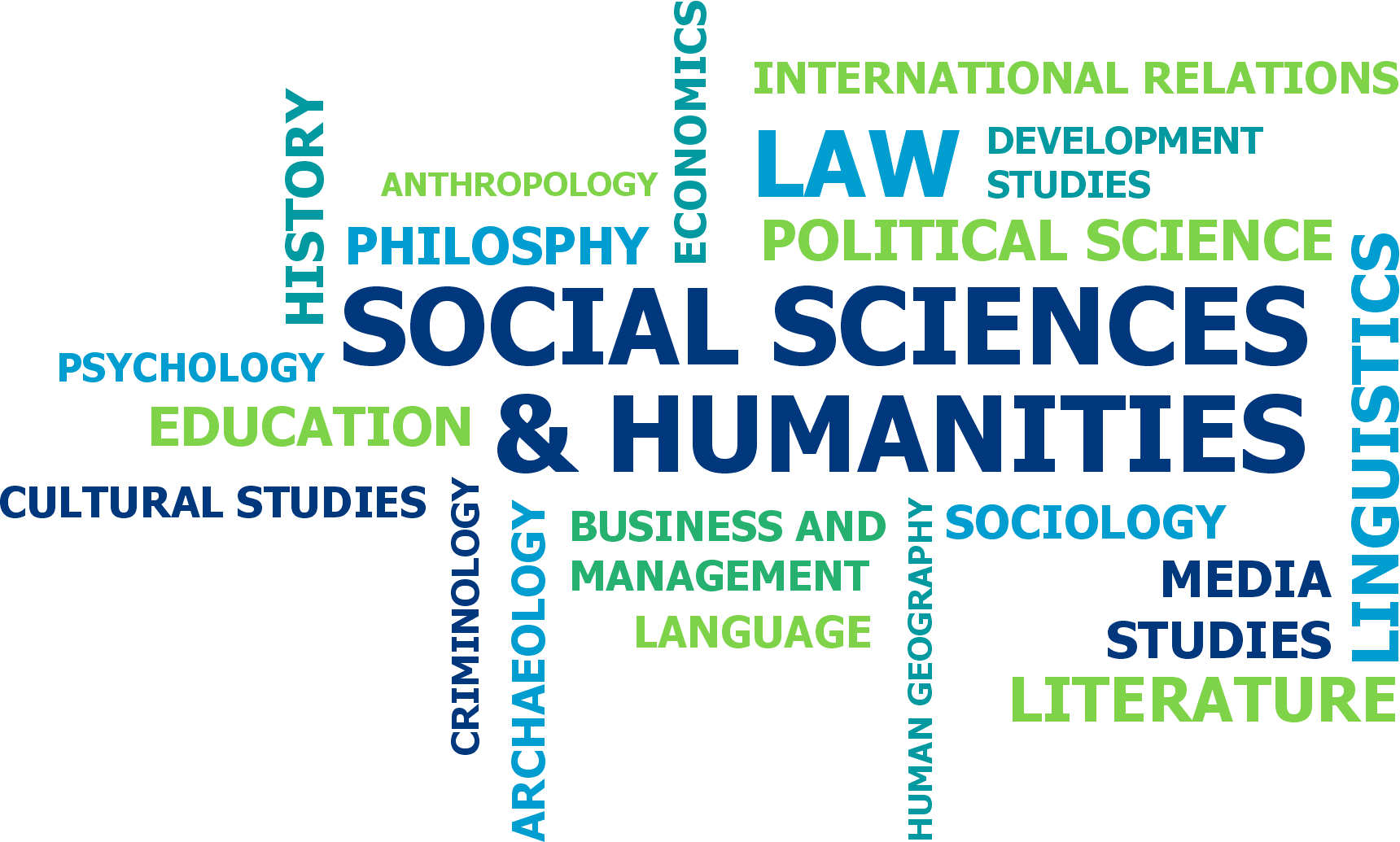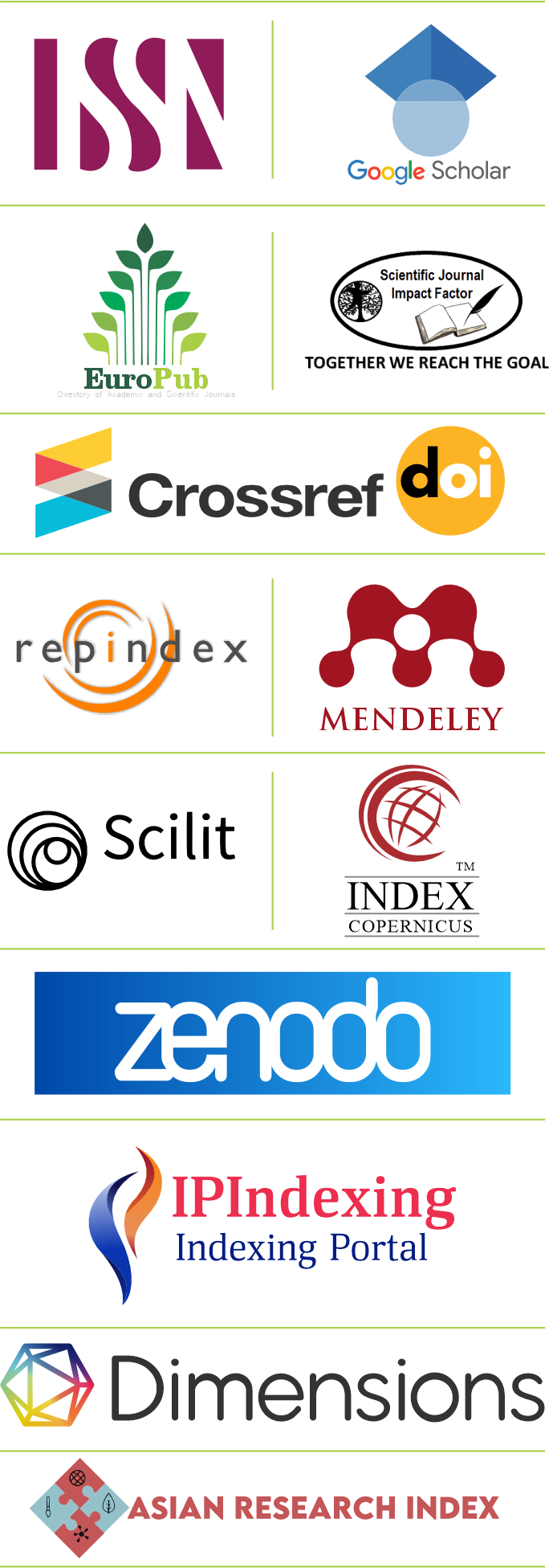Language, Music and Identity: Cultural Impact of Coke Studio
DOI:
https://doi.org/10.55737/qjssh.v-iv(CP).24259Keywords:
Coke Studio Pakistan, Language and Culture, Music, AnthropologicalAbstract
This anthropological linguistic study delves into the realm of music adaptations within Coke Studio Pakistan, focusing on the multifaceted scope of musical and performing arts presented through familiar and popular tunes, original compositions, and the revitalization of cultural heritage from lesser-known communities. By analyzing the adaptations of folk songs in Coke Studio Season 15, this research explores the integration of aural, visual, and spatial elements to construct a comprehensive artistic narrative with profound symbolic significance in today's contemporary world. Coke Studio's innovative musical approach has not only transcended national boundaries but has also established itself as a significant entity within the media landscape. By reimagining folk songs, the adaptations in Coke Studio serve as a modern reinterpretation of historical narratives and cultural legacies, bridging generational divides and providing a unique platform for the youth to connect with their heritage while anchoring them in the present socio-cultural milieu (Amaravathi, 2019). This research provides a comprehensive exploration of the intricate interplay between music, language, and cultural memory in shaping contemporary identities through the lens of anthropological linguistics. Coke Studio facilitates symbolic interaction through music, allowing for the negotiation of meaning and identity within a shared cultural framework (Farooq, 2021).
References
Austin, D. S. (2008). The theory and practice of vocal psychotherapy: Songs of the self. Jessica Kingsley Publishers
Amaravathi, M. (2019). “The Social Media Blue Bird Creating an Online Sensation”: A Sentimental Analysis with Reference to Coke-studio Hashtags. Ushus Journal of Business Management, 18(1), 15-33. https://doi.org/10.12725/ujbm.46.2
BaileyShea, M. (2021). Lines and Lyrics: An Introduction to Poetry and Song. Yale University Press.
Besnier, N. (1990). Language and affect. Annual review of anthropology, 419-451.
Beg, Z. (2020). Fizzy Drinks and Sufi Music: Abida Parveen in Coke Studio Pakistan [Masters Theses]. https://library2.smu.ca/handle/01/29485
Dasgupta, S. (2015). Discourse analysis of telecom ads: a critical insight from the applied linguistics perspective (Doctoral dissertation]. BRAC University.
Farooq, H. B., Maldonado, M., Khan, M. H., & Sharif, H. (2021). Strategic and Symbolic Advertising of Coca Cola in Pakistan: A Perspective of the Cultivation Theory. Медиаобразование, (2), 238-245. https://cyberleninka.ru/article/n/strategic-and-symbolic-advertising-of-coca-cola-in-pakistan-a-perspective-of-the-cultivation-theory
Golla, V. (2015). Sapir, Edward (1884-1939). International Encyclopedia of the Social & Behavioral Sciences: Second Edition, 899–902. https://doi.org/10.1016/B978-0-08-097086-8.61116-9
Green, L. (2006). Popular music education in and for itself, and for ‘other’music: Current research in the classroom. International journal of music education, 24(2), 101-118. https://doi.org/10.1177/0255761406065471
Heslinga, V. R. (2017). Balance Toward Language Mastery. Journal of Arts and Humanities, 6(01), 32-42. https://doi.org/10.18533/journal.v6i01.1077
Hilliard, A. T. (2015). Global blended learning practices for teaching and learning, leadership and professional development. Journal of International Education Research, 11(3), 179-188. http://dx.doi.org/10.19030/jier.v11i3.9369
Lo, R. S. M., & Li, H. C. F. (1998). Songs Enhance Learner Involvement: Materials Development. In Forum 36(3), 1-3.
Martin, C. (2014). Capitalizing religion. https://www.torrossa.com/it/resources/an/5202019
Meyer, L. B. (2008). Emotion and meaning in music. University of Chicago Press.
Percy, L., & Rossiter, J. R. (1992). A model of brand awareness and brand attitude advertising strategies. Psychology & Marketing, 9(4), 263-274. https://doi.org/10.1002/mar.4220090402
Mick, D. G., Burroughs, J. E., Hetzel, P., & Brannen, M. Y. (2004). Pursuing the meaning of meaning in the commercial world: An international review of marketing and consumer research founded on semiotics. Semiotica, 2004(152-1-4), 1-74. https://doi.org/10.1515/semi.2004.2004.152-1-4.1
Malik, M. E., Ghafoor, M. M., Iqbal, H. K., Riaz, U., Hassan, N., Mustafa, M., & Shahbaz, S. (2013). Importance of brand awareness and brand loyalty in assessing purchase intentions of consumer. International Journal of business and social science, 4(5), 167-171.
Simpson, P. (2004). Stylistics: A resource book for students.
Gustafson, T., & Chabot, B. (2007). Brand awareness. Cornell Maple Bulletin, 105(1), 1-5. https://www.nnyagdev.org/maplefactsheets/CMB%20105%20Brand%20Awareness.pdf
Qaisar, K. (2019). Sign, Simulacra and the Hyperreal in Coke Studio Sufi Sing. Kashmir Journal of Language Research, 22(1). https://kjlr.pk/index.php/kjlr/article/view/95
Hemani, S. (2011). Representing Pakistan through Folk music and dance. https://doi.org/10.7939/R34037
Bonvillain, N. (Ed.). (2016). The Routledge handbook of linguistic anthropology. Routledge.
Clyne, M. (2017). Multilingualism. The handbook of sociolinguistics, 301-314.
Fruchter, T. G. (2018). Linguistic relativity and universalism: a Judeo-philosophical re-evaluation of the Sapir-Whorf hypothesis (Doctoral dissertation]. University of the Free State.
Whiteman, M. F. (2013). Dialect influence in writing. In Writing (pp. 153-166). Routledge.
Downloads
Published
Issue
Section
License
Copyright (c) 2024 Sumera Anwar, Dr. Saba Zaidi

This work is licensed under a Creative Commons Attribution-NonCommercial 4.0 International License.





